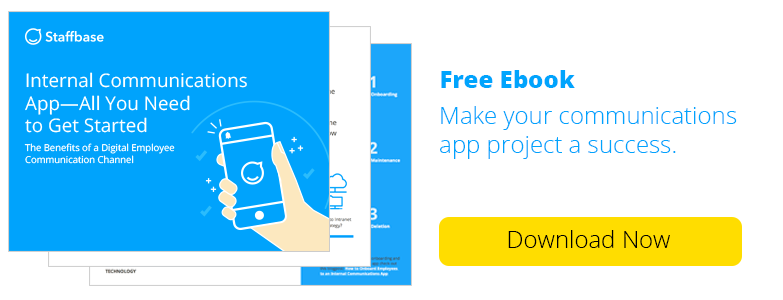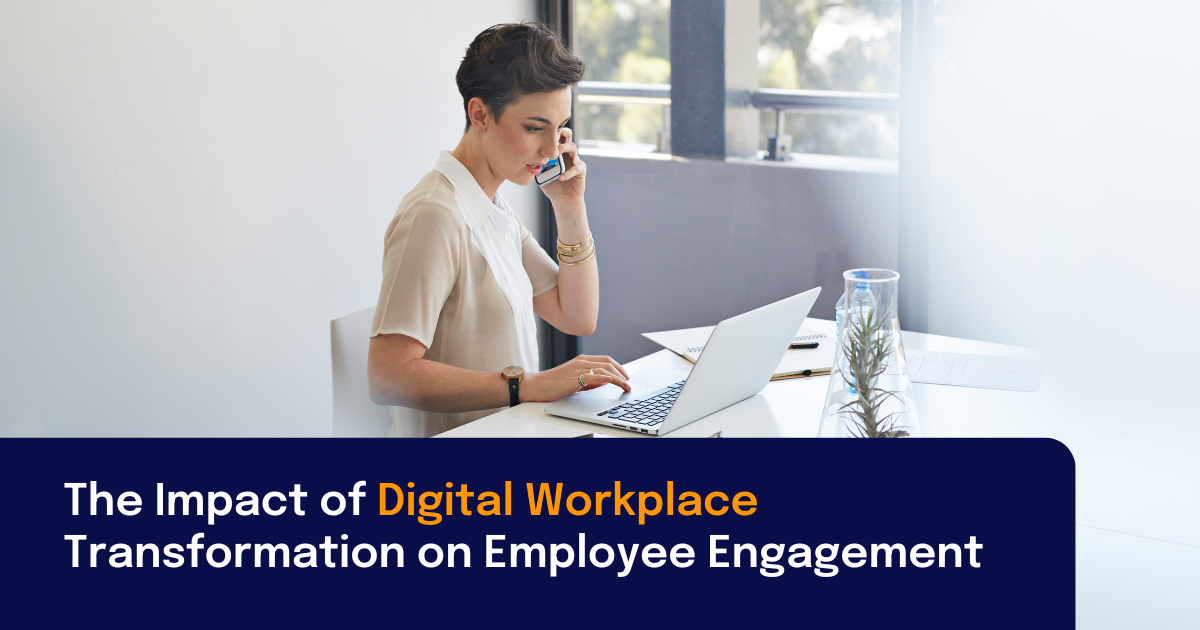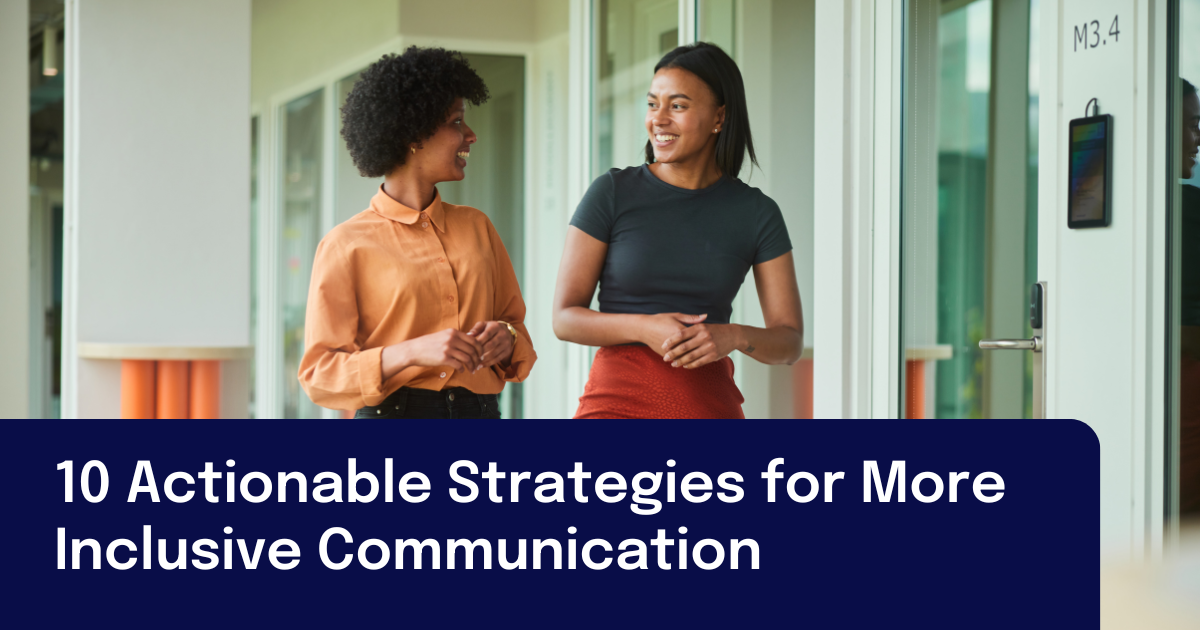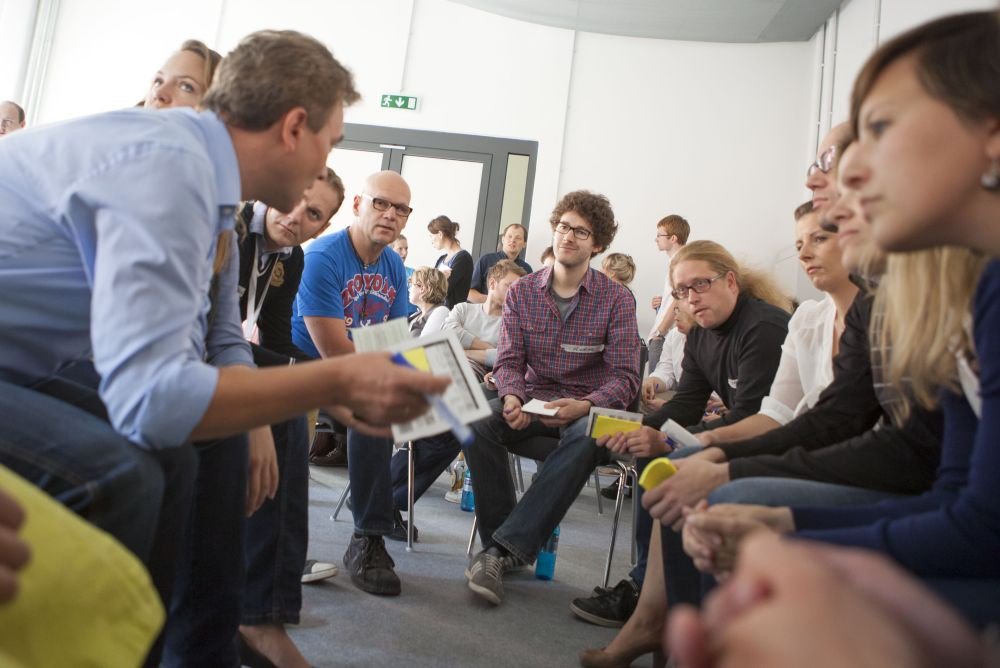
An employee app can be a great solution for an entire host of issues: from taking your intranet mobile to creating engagement to reaching your non-desk workforce with news and information. But such initiatives are bound to fail or be less than effective unless they first take employee needs into consideration.
It goes without saying that for your employee app to be a success, people first have to use it. And while the goal of an app is to create engagement, the irony is that, at least at first, it’s possible that only your most engaged employees will actually download it. To help avoid this outcome, we’ve examined some of the strategies used by our customers when launching an employee app, and we’ve found that the most successful efforts share one thing in common: they’re all F.U.N.
F is for “Focus” on Your Employees
Bringing your people into the process of developing your employee app creates an important spirit of co-creation. By reaching out to your entire workforce or to specific groups representing potential users, you can incorporate their ideas and feedback into your app project, resulting in a design that puts the relevant and practical needs of your employees front and center.
Denise Lee Yohn, author of What Great Brands Do, agrees that a sensible first step is to sit down with your people and to tell them right off the bat, “This is our purpose, these are our values, this is the kind of culture we’re trying to cultivate. Help us understand how an app can help you experience that culture.” Taking this crucial step will initiate employee engagement from the very beginning, further fostering a sense of shared creation for your app.
This was the strategy taken at Viessmann, a leading manufacturer of heating and solar products. The first question the company asked was directed inwards: Is this the right time for an app? They concluded that it was, and their leadership agreed. This latter point isn’t, of course, always the case, and it illuminates another important early-stage criterion. Says Viessmann’s Albrecht von Truchseß, “Support from above [is] particularly important. Ownership has always initiated developments, and this spirit now applies to our digital transformation and the cultural change in the company.”
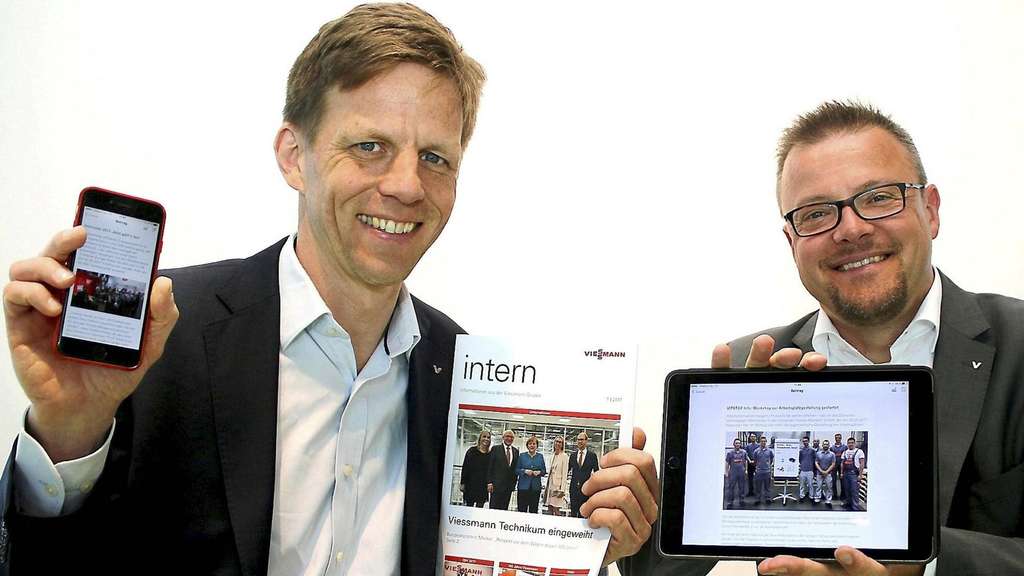
Having cleared this initial hurdle, employees from diverse areas within the organization were able to design a blueprint for the app in just six hours. Says von Truchseß, “We didn’t write up functional and technical specifications first, develop a prototype, and only then release it as a finished product.” Instead, the company held a series of workshops based on a process of testing, discussing, discarding, and improving a basic version of the app intended for limited release, a process that ensured the finished product would be likely to please. The result: 90% of their workforce actively use the company’s Vi2Go app.
The German political party CDU Hessen also decided that the best way to begin integrating their employee app was to start small. They tested the app with a team of just three colleagues and took the first steps with it from there. They quickly realized that they were on the right track, and gradually brought additional colleagues (especially those in IT) into the test phase. At first, they restricted themselves to a news channel for their regional office, and they experimented with the different plugins during the test phase. When they went online for their entire workforce, they presented the app and the service in the context of an employee meeting, and they supported every user with the setup on desktops and, if requested, smartphones.
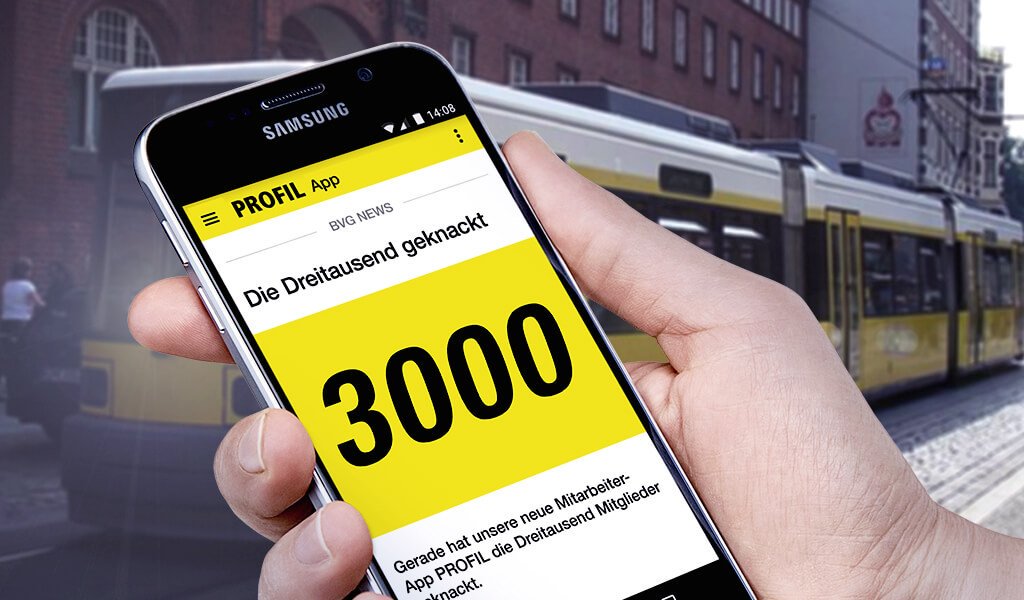
BVG, the main public transport company in Berlin, Germany, reached high onboarding numbers in a very short time. This was a remarkable feat for a public transport company with a large number of decentralized employees. Despite this obstacle, nearly one-third of their workforce registered for the app within just two weeks; after four months this number rose to 80%. Achieving such high involvement was the result of several promotional measures. The company created printed posters and postcards, and placed several articles in their corporate newspaper. These measures not only created awareness among the people who saw them, but they triggered buzz via word of mouth, another key element for informing any workforce—but especially one with limited access to the company intranet—about an app project.
U is for “Use Your Imagination”

Inventive and even humorous ways for counting down to an employee app kickoff are great for ensuring that your people are both excited and informed about its release. Franciscan Children’s Hospital in Boston, Massachusetts, organized a lighthearted launch program for their employee app, TheFRAN. Because the goal of the new tool was to move the hospital’s communications beyond its old “dinosaur” intranet, members of the team took turns dressing in a T-Rex costume and placing “dinosaur eggs” around the building which could be traded for Dunkin’ Donuts gift cards, and they also held dinosaur-themed town halls and onboarding events. After just two months, 80% of the hospital’s workforce were using the mobile app; after four months, that number rose to 85%.
At Sparda Bank in Berlin, the objective of their app project was to be able to inform and connect their staff while they were on the go and away from the office. The bank decided that they would launch their app as a lighthearted declaration of love for their employees, and they appropriately organized a Valentine’s Day rollout. The HALLO#intern app was released on February 14, and in just two months it had an outstanding user rate of 85%.
T-Systems MMS decided that a company-wide event was the best way to roll out their app, MyMMS. Leading up to their annual Digital Life Camp, they created posters and other attractive promotional materials. Attendees at the camp received a QR code which unlocked exclusive information and app content. The result was that an astounding 400 of 650 employees signed up for MyMMS on the day of the event.
N is for “Never Stop Engaging”
One of the great advantages of an employee app is that it can intrinsically grow with your company and is generally limited only by your needs. Employee engagement will happen naturally as your app increasingly becomes a part of the everyday fabric of your employees’ working lives. Over time, customizable plugins can be developed and ultilzed, ensuring that use cases for your app remain practical and relevant. The important thing to remember is that a conscious effort will be required to keep your employees up to speed regarding the latest app developments as well as issues regarding how best it can be used. Consistent measures for attracting and encouraging the ongoing use of your employee app should always be a primary part of your active strategy.
Franciscan Children’s is great example of this proactive approach to supporting the use of their employee app. Despite their excellent initial success, or perhaps because of it, the hospital decided to make TheFRAN a permanent part of their onboarding process. Every new hospital employee is asked to download the app, and in doing so, they are immediately given a sense of membership within the hospital team, with total access to the culture of open communication that the app actively fosters.
Efforts like these are bound to ensure that your app, once launched, will become an essential part of your employees’ working lives. By emphasising the F.U.N. elements of your app’s potential, your workers are far more likely realize how its use will allow them to connect with their jobs and their co-workers in a totally new way, and that its many features, created by their peers with their specific needs in mind, serve to support a truly exceptional employee experience.
Read more about employee communication apps:
- Employee Communication Apps: 10 Benefits of a Mobile Comms Platform
- Employee Apps: 8 Steps for Finding the Best
- Employee Engagement Apps: 10 Decisions to Make Before You Start
- Learn more about the Staffbase Internal Communications App
- Why Companies Choose Staffbase as their Employee Communications Platform
